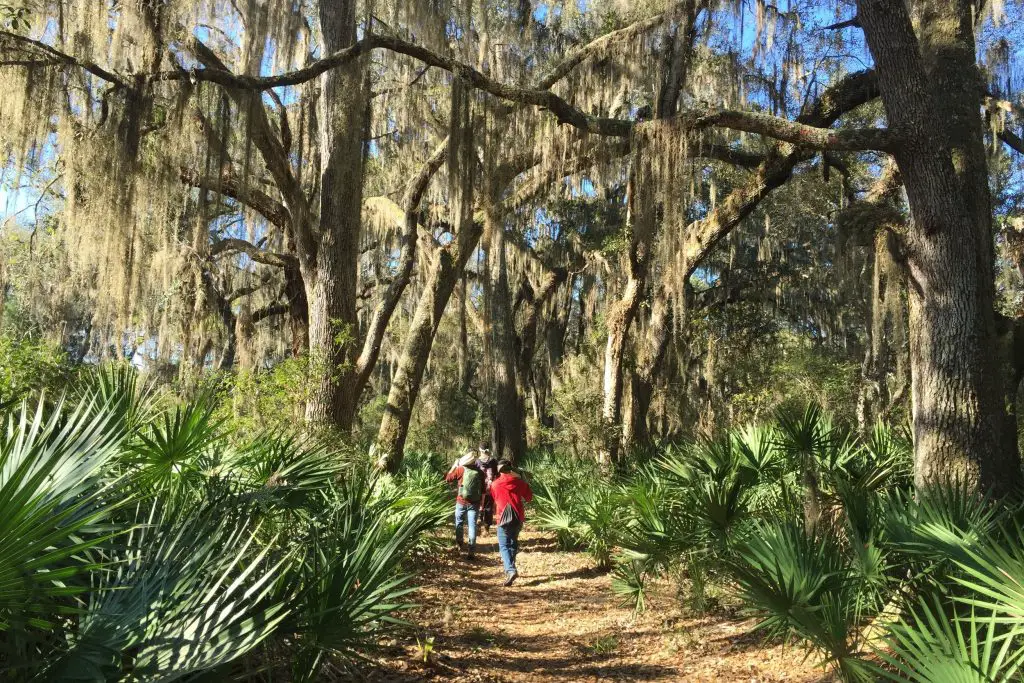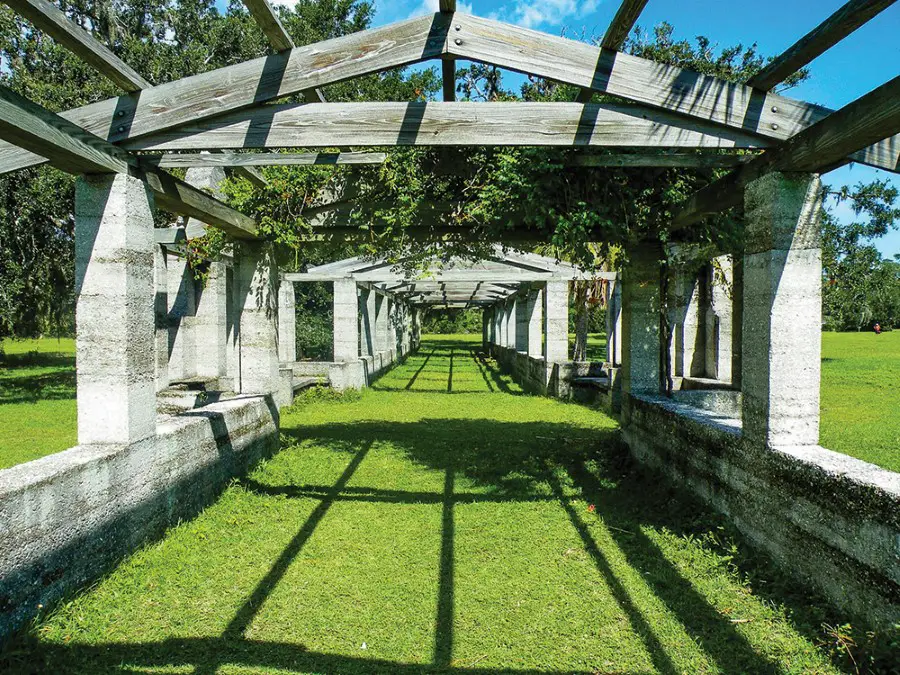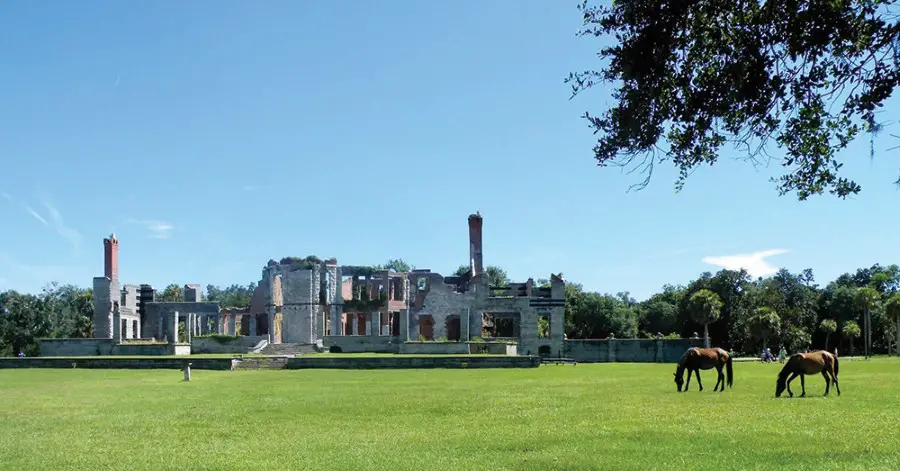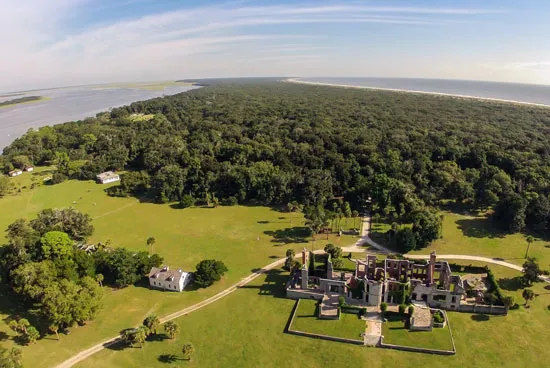Just off the Southern coast of Georgia lies a remarkable 18-mile stretch of untouched beaches, unspoiled maritime forests, and vast marshlands known as Cumberland Island. This pristine haven is now a protected National Seashore, with a captivating history encompassing Native American culture, colonial settlements, pirate raids, war heroes, and glimpses of the opulent Carnegie era.
Cumberland Island’s earliest residents were from the Timucuan tribe. It later became part of the Spanish missionary province of Florida, housing Spanish priests and around 300 natives in the early 1680s. Unfortunately, French pirates attacked, causing many to flee to the mainland. Subsequently, a Spanish pirate raid led to the island’s abandonment by 1774.

During the Revolutionary War, General Nathanial Greene acquired 11,000 acres on Cumberland Island, and his widow, Catharine, built a grand tabby house named Dungeness. This became a hub for prestigious events, attracting military leaders and statesmen, including General “Lighthorse” Harry Lee. The Millers, who later owned the island, became prominent Sea Island cotton producers and contributed to the development of the cotton gin.
In the 1880s, Thomas Carnegie and his wife, Lucy, established a winter retreat on the island, constructing a magnificent mansion called Dungeness. The island thrived with 60 rooms, pools, a golf course, and numerous buildings, but it eventually fell into disrepair and suffered fires in 1959.

Beyond its human history, Cumberland Island is vital for Loggerhead Sea Turtles, boasting the largest number of nesting sites, with over 1,000 documented nests last year. The National Park Service plays a critical role in monitoring and protecting these nests.
Wildlife enthusiasts can also spot feral horses, believed to be descendants of Spanish-imported horses from the late 1500s. Cumberland Island’s unique feral horse herd is unmanaged, so visitors should respect their space.

Cumberland Island’s history is rich and diverse, and this overview barely scratches the surface. If you’re intrigued, consider planning a visit. You can find more information in the island’s collection of books.
To reach Cumberland Island, start in St. Marys, Georgia, home to the ferry terminal, visitor’s center, and museum. Be sure to make a ferry reservation in advance. Once you arrive, pay the park admission fee, and prepare for a 45-minute ferry ride. Remember to bring essentials like food, water, bug spray, sunscreen, and comfortable shoes, and pack out everything you bring to the island.

Cumberland Island National Seashore may lack modern amenities, but the opportunity to immerse yourself in nature and history makes the journey truly worthwhile.


